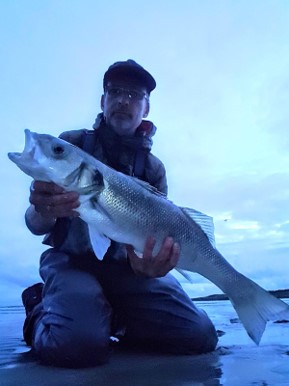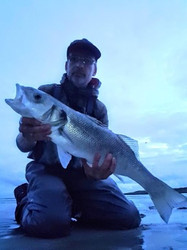Single Hooks
Posted by Stephen Fishing on 13th Jun 2020
I have been using single hooks successfully for several years on all of my hard lures. In this time I have experimented with sizes, styles and brands of hooks. Here are some personal pointers and guidance for those who may want to try single hooks for the first time.
Changing hooks should become a habit anyway as they eventually corrode and become blunt. Split ring pliers or smaller split ring tweezers are a necessary tool for this job. Inline single hooks are made by several manufacturers. Sizes 2/0 down to 2 should cover the vast majority of commonly used bass lures.
A single hook can catch around the top of a lure so the gape should be not too much bigger than a lures circumference if you want to avoid it catching over the top during casting.
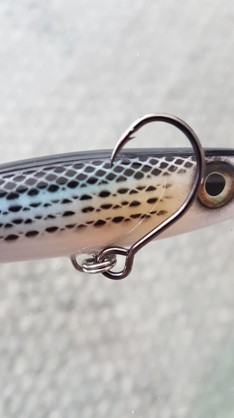
A hook can be too big if it can catch across the front of the lures nose, it may snag on the line or lip during casting.
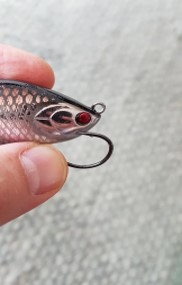
Hooks may catch over each other if using two hooks that are too big.
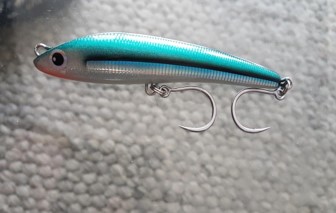
You don’t need three or four hooks on a 12-17cm lure for it to hook a fish. I have found one or two hooks is plenty.
Circular shaped hooks work better for me than j shaped ones. Finer wire hooks with sharper points have better hookup rates than thicker wire hooks. I have found circular shaped hooks are stronger for their gauge than j shaped hooks so you can go thinner as it were in comparison with what you might find on a treble. I prefer barbless for my own safety and see no disadvantages in using them over barbed. Unfortunately the inline barbless availability has been limited to smaller sizes until recently. I file off the barb when I have nothing better to do. I don’t relate the swapped hooks weight or gape size to the lures original hooks.
I have found that the vast majority of lures seem to me to cast better, the action is not affected noticeably on most lures and neither is the balance in the water. However it does affect the action of some low density light shallow running lures such as the smaller size feed shallows and smaller komomos. Whether this is drag or weight I am not sure, probably both.
Some hooks I haven't got on well with. The first two are too thick a gauge and the third is to j shaped for me.
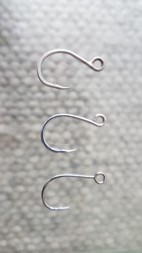
The lures below are using different types of hook from VMC, Owner and BKK (the lures could take larger/smaller hooks and be effective).
IMA hound 1/0, Shoreline Shiner Vertice 97 and Assassin 99 size 1
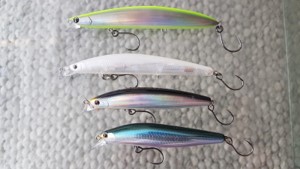
IMA komomos K2 1/0 and SF/125 2/0. (These work better with heavier hooks)
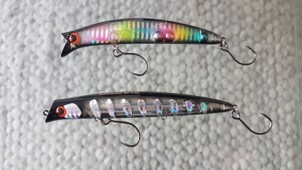
Smaller lures Patchinko 100 and a Duo Bay RUF 88 using size 2.
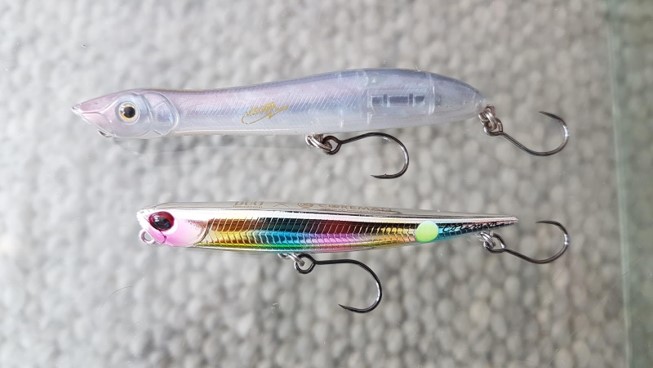
Duo pencil 130 3/0, Patchinko 2/0, Patchinko 125 2/0.
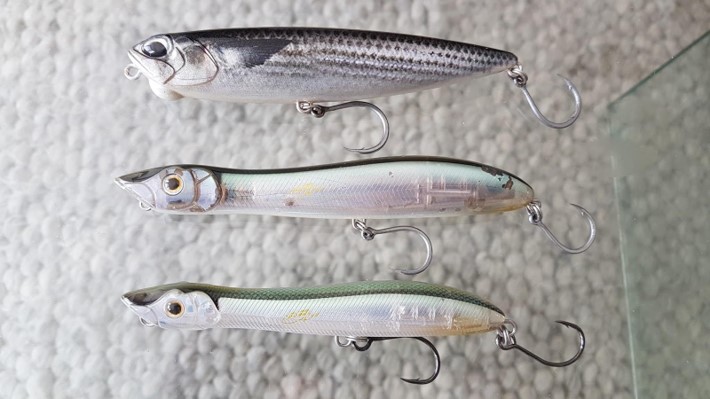
I know singles can be a contentious issue. Particularly to those who may have tried them a few times without success or those who haven't but assume there will be negative results.
I lure fished for bass for a few years with zero regard for a lure as an adaptable item that could be improved, personalised or used in a way that could make it more takable to a fish in terms of how they are worked. I just cast them out and reeled them in.
As I started to be more successful in terms of catching regularly I had some thoughts about the disadvantage of trebles. Keen to avoid a trip to A & E and to improve fish welfare during C & R I thought I would try single hooks.
Some personal observations:
I find unhooking fish easier and quicker and whilst standing in the surf I find unhooking less dangerous to myself. I feel my hookup rates are the same if not better particularly with topwater lures. I rarely seem to loose fish once hooked. If fishing in snaggy areas I feel it less likely that a fish may catch trailing hooks into snags. I can store and access lures quicker without a tangle of trebles. It is easier to extract a lure from a snag and singles gather less weed. No hooks in gills, eyes or belly of fish etc. Less force needed to set a single hook point and a semi circular hook is not coming out once set!
An 8lb Irish bass caught in the surf last year on a 5 inch stickbait with two light inline single hooks.
